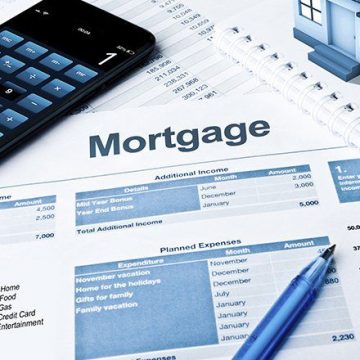Federal student loans should be your first choice for borrowing with no or bad credit. But if there’s still a cost gap to fill, consider private student loan options without credit score requirements.
If you need a student loan, but you have bad credit or no credit history, federal student loans are your best option. They don’t require a credit history to borrow and offer flexible repayment options.
But federal loans do have borrowing limits. To fill a gap in college costs, you may need to take out a private study loan from a bank, credit union or online lender. Most private lenders require borrowers to have a credit score of 690 or above. If you don’t have credit or your credit is bad (a score between 300 and 629), you have two options for private loans:
- A private loan from one of the few lenders that don’t have credit or co-signer requirements, though you’ll pay higher interest rates.
- A private loan with a co-signer who has good credit.
Federal direct subsidized and unsubsidized student loans are the best option for students who need to borrow money to pay for college.
Unlike private student loan, federal direct student loans don’t require credit history or a co-signer. They also offer borrowers more repayment options and protections to prevent default. And federal loans are the only way to get Public Service Loan Forgiveness.
Having bad credit won’t disqualify you from getting a student loan. You can borrow federal student loans, which don’t factor in credit history.
But, if federal student loans and other aid isn’t enough to pay for college, you may need a private student loan. Getting a private student loan if you have no credit or bad credit (a score below about 630) is trickier.
How to shop for a student loan when you have bad credit or no credit
- Start with federal student loans.
Fill out the Free Application for Federal Student Aid, known as the FAFSA to apply for federal student loans as well as qualify for free aid such as grants, scholarships and work-study. They offer lower interest rates and come with income-driven repayment plans and forgiveness programs.
- Find a co-signer with good credit.
To borrow private loans with a co-signer and get the most competitive interest rates, they’ll need to have a good credit score and steady income. If you opt for a co-signer, they’ll be responsible for your debt if you can’t repay it.
- If you can’t find a co-signer, consider loans you can get independently.
Some lenders offer private student loans without factoring in credit scores. Future income potential is usually considered instead. The higher your earning potential, the more likely you are to get competitive rates.
- Compare loan features.
When shopping for a private loan, compare offers to get the lowest interest rate you qualify for. Note whether the lender will postpone payments in case you have difficulty affording them, and for how long. That’s important. Find out if there are originations, prepayment or late fees, and how easily you can reach the lender by phone, email or live chat if you encounter a billing or customer service issue.
- Opt for a fixed interest rate.
Given the choice, a fixed interest rate is a safer bet than a variable interest rate. It won’t increase over time.
-
Build your credit and refinance private student debt
Start to restore your credit while you’re in school. Your score depends mainly on payment history and credit utilization. It also relies, to a lesser extent, on the length of your credit history, mix of account types and any recent credit applications.
Consider making interest-only payments on your student loans while you’re still in school to help build your credit, in addition to other credit building methods.
Once your credit is stronger, consider consolidating it with a federal credit and private loans to get a lower interest rate. It works by replacing your current private loans with a new, lower interest rate, if you qualify.
-
Keep an eye on the bottom line. Use a student loan calculator to see what kind of payment you’ll face after borrowing for multiple years.
Consider refinancing in the future. Once you’re out of school and have built a credit profile, you may be able to refinance private student loans to a lower interest rate. You’ll generally need solid income, a credit score of 690 or higher and a history of on-time debt payments.


















